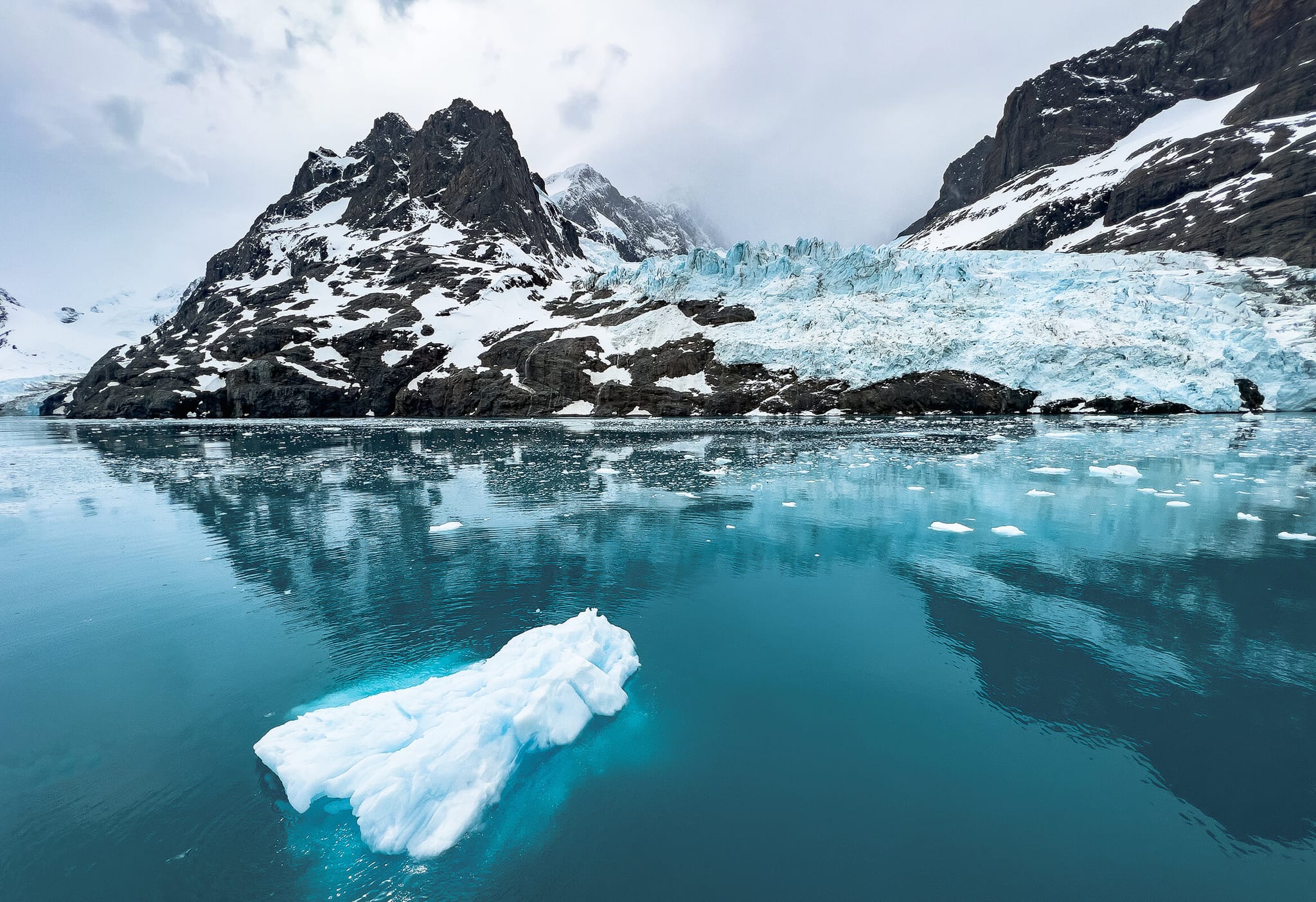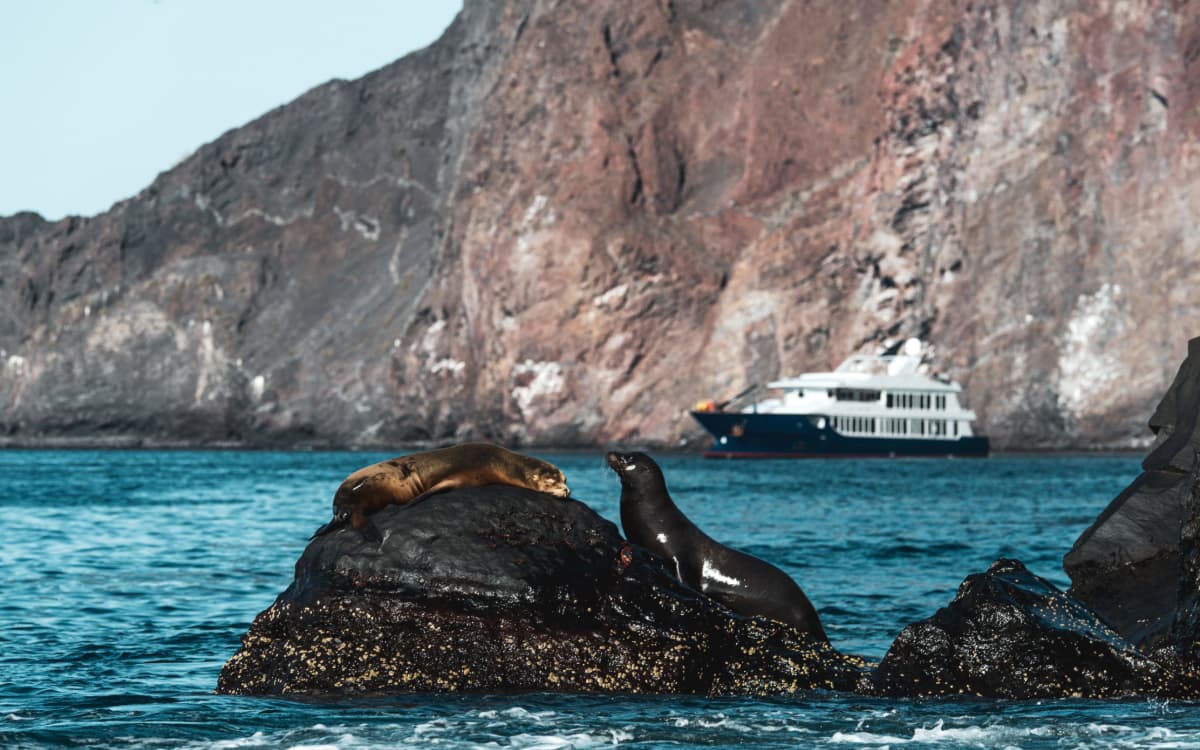Wanderlust

Apr 6, 2016
Into the Fjord
Written by
Rebecca Dinerstein

Note: Lonely Planet’s new anthology Better Than Fiction 2 is a compelling collection of true travel stories written by acclaimed fiction writers. We are pleased to excerpt the story below, by Rebecca Dinerstein, about the serendipities that sometimes grace our journeys. Dinerstein studied English at Yale, and upon graduating received the Frederick Mortimer Clapp Fellowship, a yearlong poetry grant. She spent the year in the Norwegian Arctic, writing and learning Norwegian. In 2012 her first collection of poems, Lofoten, was published by Aschehoug in a bilingual English-Norwegian edition. Her debut novel, The Sunlit Night, was published in 2015 to praise from Publishers Weekly, Kirkus, Booklist, Library Journal, the Huffington Post, The Forward, Bustle, ELLE, and others. She holds an MFA in Creative Writing from NYU and lives in Brooklyn.
I showed up in Oslo with a suitcase and the name of one man. Arnulf Egeland, I’d been told, directed research at the National Library of Norway and could possibly award me a writing station of some kind, where I could work on my novel in one of the library’s corners. The trouble was, Arnulf wasn’t at the library, and he wouldn’t be for a few months. He was in a cabin, on a rock, in the middle of a fjord, as all Norwegians are during the summer.
Arnulf’s cabin had been built two generations before on an island off Norway’s southeastern coast. It was a genuine example of Norwegian carpentry and Arnulf suggested I join him there, to discuss my work. If I rode the Sørlandsekspressen bus for four hours, I would reach a town named Tvedestrand, where he’d be waiting with his boat. The bus stop, he said, was steps away from the dock. He’d be wearing a green hat.
The bus traced Norway’s shoreline as we drove west from Oslo and then south, past Tønsberg and Sandefjord and Porsgrunn, past Bamble and Kragerø and Gjerstad, towns with red and yellow station houses. I sat on the east side of the bus, where I could look out the window and see the water that separated Norway from Denmark, a strait with a dragon’s name: Skagerrak. In the Tvedestrand harbor, I found Arnulf wearing a lime green beanie, waving to me from his speedboat. ‘Let’s get some bread’, he said with a smile, as I boarded.
We shot out into the fjord. Arnulf’s zigzag steering seemed like pure enthusiasm but he soon explained that we were dodging underwater rocks—the bed of the fjord was a maze of threatening, invisible boulders whose locations he knew by heart. The water was full of visible rocks, too—small islands like gray cupcakes with the strangest toppings: one entirely covered with white goats, one sporting a gasoline pump, one bare except for a one-room house that served as a general store.
The store was out of bread. The fjord water had been choppy overnight and the late shipment hadn’t come. We zoomed on to the next rock, where another little house sold household essentials. Arnulf bought a loaf of dark, unsliced bread and a tube of mayonnaise. We hit the water again, only briefly this time before Arnulf slowed the boat and we pulled into a narrow cove. A long-legged, red-headed child stood at the top of the nearest cliff, completely still and expressionless, a spaniel alert beside her.
Arnulf hopped out onto one of the lower boulders, helped me out of the boat, and then pulled the boat into a wooden shack. I’d be sleeping in the boat shack, he explained. The girl on the cliff came to meet us and the dog licked Arnulf desperately. We climbed from the shack to the main cabin, over a jagged rock formation that offered no clear path—the girl’s feet had memorized its contours and she didn’t need to look down as she floated over it, fleet as the dog. My feet had never felt rocks this hard and spiky—I’d grown up in Manhattan—and my ankles gave out over and over again. The girl waited for me at the cabin door, patient and confused by my needless stumbling. Eventually she climbed back onto the rocks and gave me her hand. She said her name was Vilde, the Norwegian word for ‘wild.’
Vilde led me to the family cabin and it was beautiful—white wood, red trim, large windows reflecting blue—but before we had taken a seat, Arnulf suggested we go for a swim. He’d already put on his goggles, somehow, and Vilde removed her sweater to reveal a bathing suit. I hurried to change and we marched out, back over the rocks, to the water. The water, he announced, was full of jellyfish. The poisonous kind? Ja. Arnulf’s eyes blinked enormous behind his goggle lenses. He dove, without hesitation, into the mess of tentacles.
The creatures dispersed momentarily, and Vilde jumped into the clearing. I followed her in, as the orange vines began to reassemble around us. Arnulf led us in a loop: we circumnavigated the jelly family as they hovered, wiggling in place, swam out to a small white buoy, and soon returned to the rock where we’d started. This mandatory splashing lasted less than a minute. But now that we’d done our lap, we dried off and sliced our loaf of bread. All questions about where I would go, or how I would get there, subsided for a few hours, under the weight of being right where I was. I’d come to Norway to be nourished by its clear Nordic light, to let one of the earth’s farthest corners energize my writing. Here was the far place I’d craved. After a quiet dinner of open-faced sandwiches, I ventured back across the rocky hill—even more pathless in the dark—and went to sleep in the boat shack.
The next day, Arnulf’s wife, Hilde, and eldest daughter, Marthe, arrived. Arnulf, Vilde, and I rode back to the Tvedestrand harbor and watched the bus pull up. The passengers exited. Arnulf’s wife, from my sea-level perspective, appeared over 6 feet tall and, in terms of species, somewhere between horse, wolf, and woman. Arnulf’s dog jumped out to greet her and she began bounding up and down the dock in great big strides that impressed and intimidated me, crouched as I was in the speedboat. The dog loved the exercise and soon left Hilde to lick Marthe’s face—an older, stronger, more befreckled version of Vilde’s. In the context of this family, I was a measly, miniature thing. It took the entire ride back to explain to Hilde and Marthe, in stumbling English, why and from where I had come.
Still, I had come, and I stayed a week. After a few nightless days, Marthe and Vilde became my sisters, the dog became my dog. We swam with the jellyfish every day. Every night, after dinner, we’d wash the dishes outdoors, and let them air-dry like laundry. The island was in bloom and multicolored flowers grew everywhere. If photographed, the scenery would have resembled the set of Munchkin Land. The sun set at midnight and rose again at two. During those two darker hours, the fjord retained a milky glow. Arnulf was a talented guitarist and loved to play jazz standards, the same songs I’d been raised on in New York. Before bed, we’d sing ‘Don’t Worry ‘Bout Me.’
I felt I no longer needed a destination. The world had crystallized into one island, and its landscape and inhabitants served as endlessly vivid setting and characters—a book spun into action. Still, eight days after my arrival, I returned to the Tvedestrand bus stop and retraced the shoreline route. Arnulf had found me a writing station after all: a desk in the Arctic, on the Lofoten Islands, in a community building where his uncle developed photographs. His wife and daughters would soon leave the cabin and return to their non-summer lives. Arnulf would return to the National Library, but I’d do my writing in a far wilder place. In Oslo, I boarded a train that would take me straight up the length of the country to the edge of land, and at that edge I would cross one final fjord. I pictured Vilde standing on the distant cliffs, beckoning the ferry. But only the islands waited for me in their freezing water, under their monarch sun.
#####
Reproduced with permission from Better Than Fiction 2, 1st edition, edited by Don George, with contributions by M.J. Hyland, Francine Prose, et al. Copyright © 2015 Lonely Planet. Purchase this book here. If you’re interested in traveling to the Arctic, browse GeoEx’s Arctic journeys.







